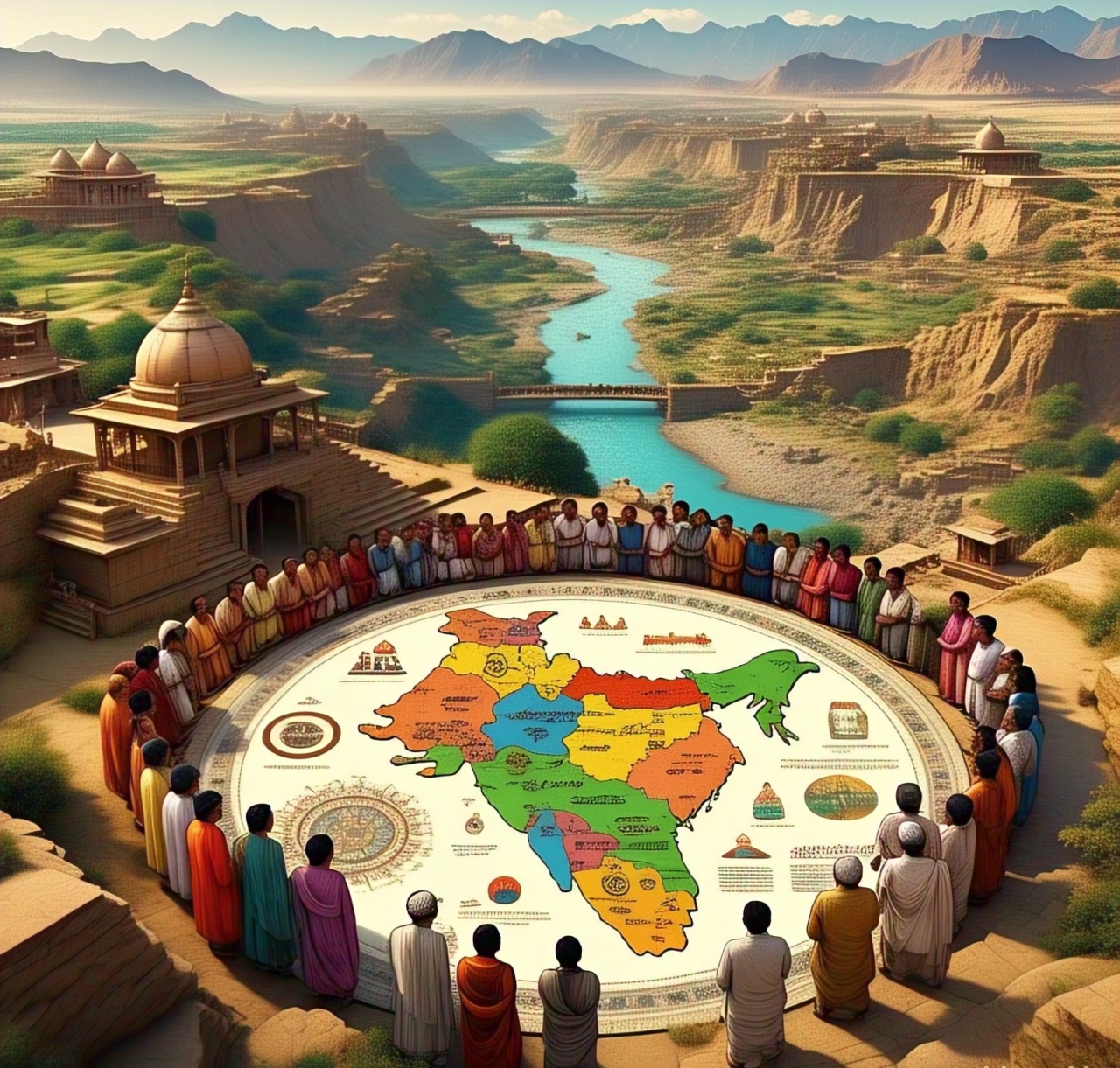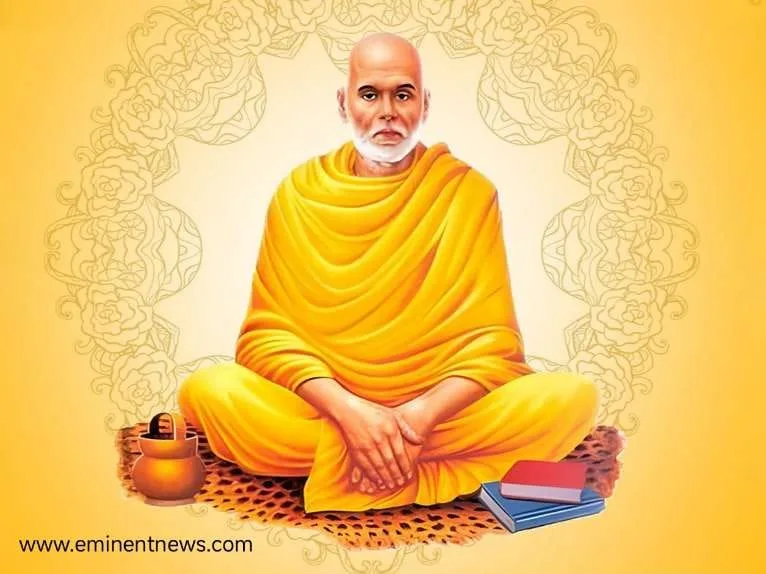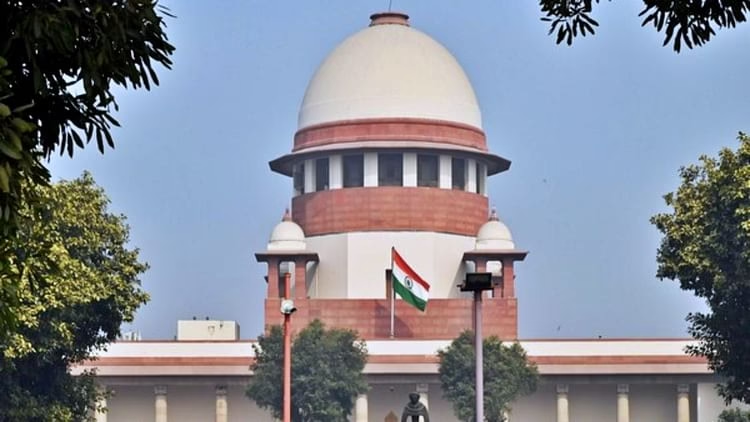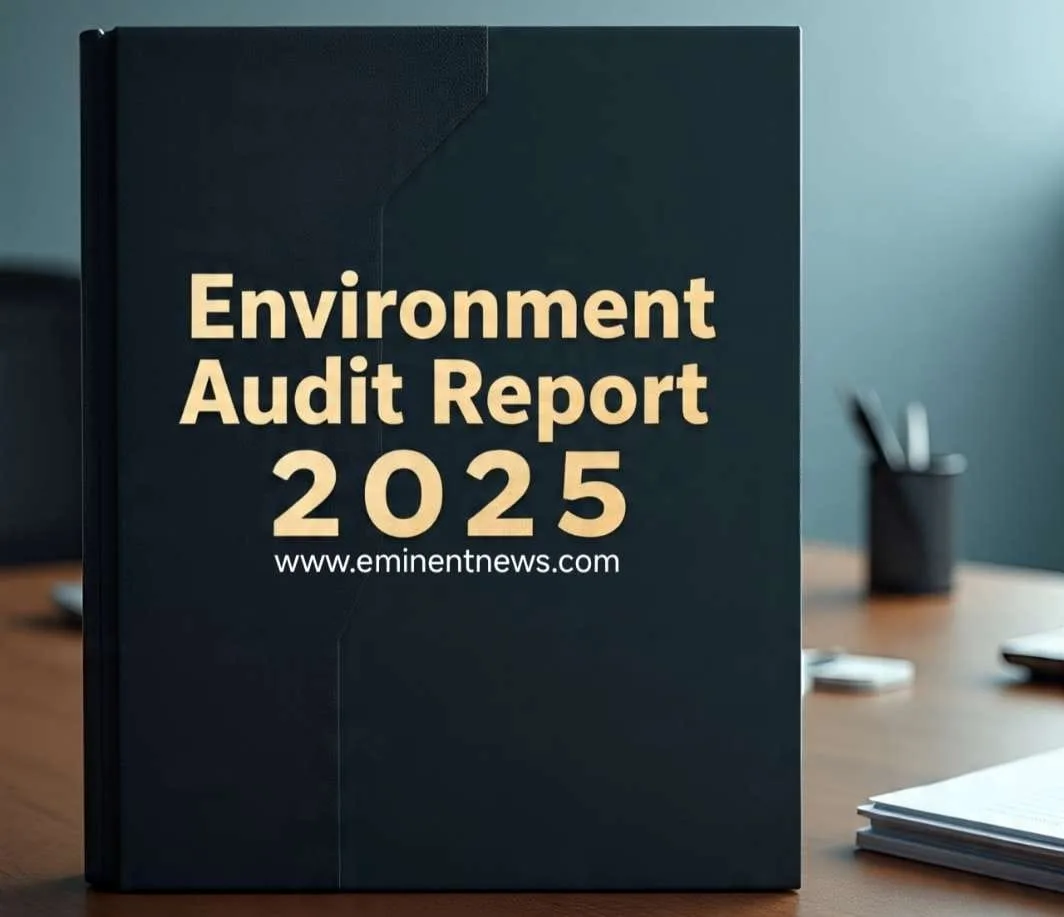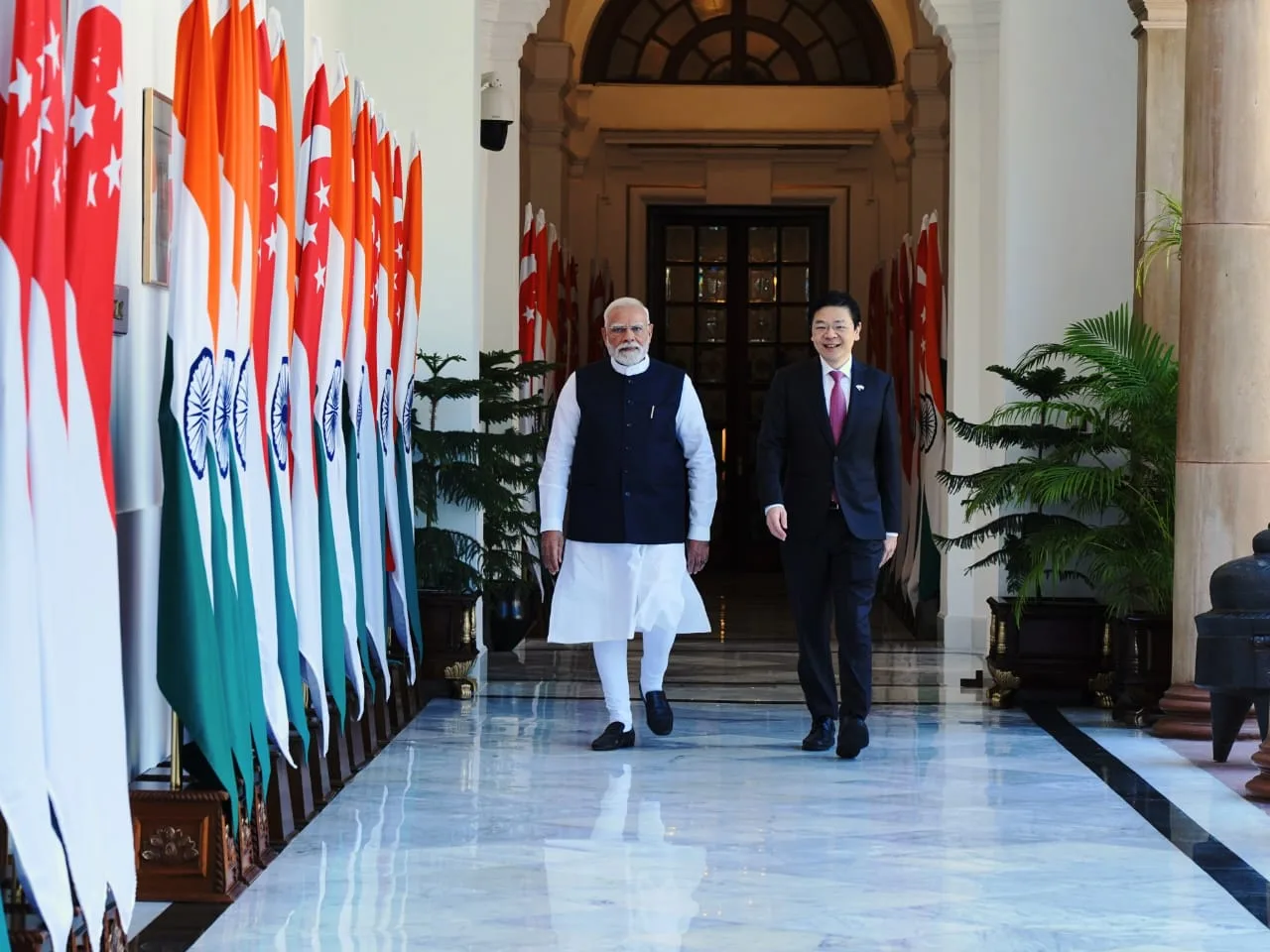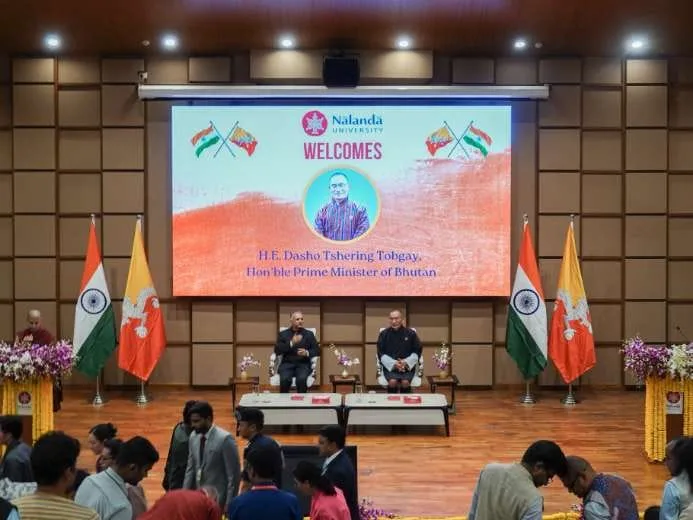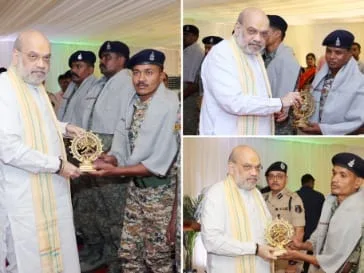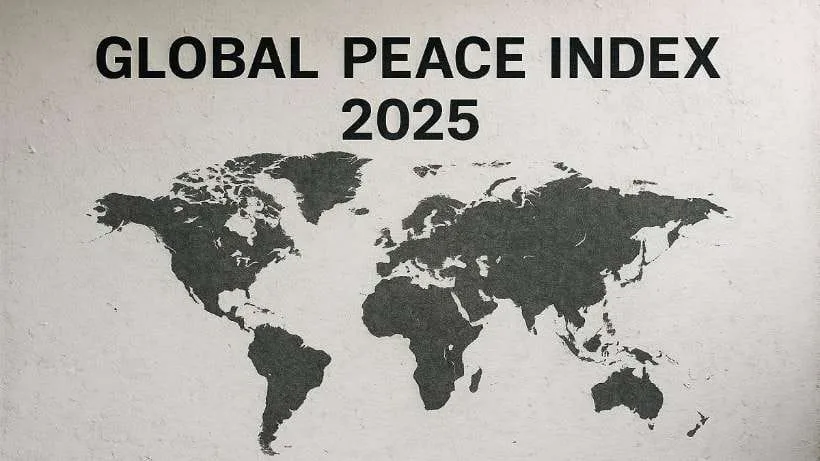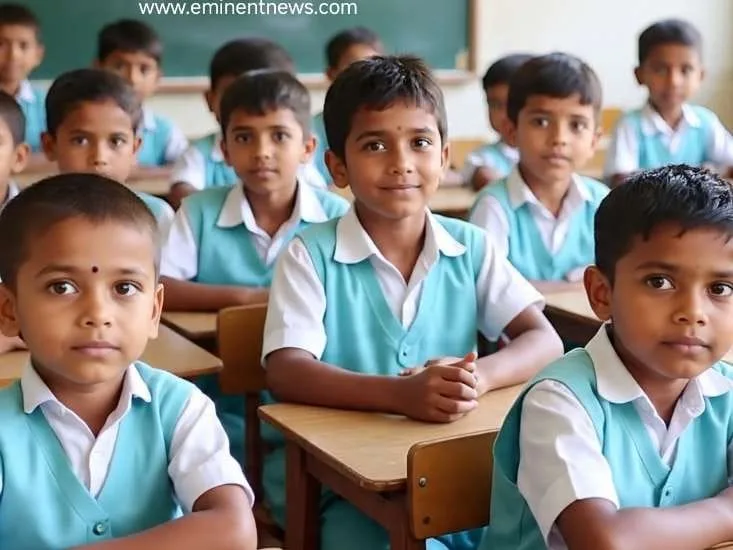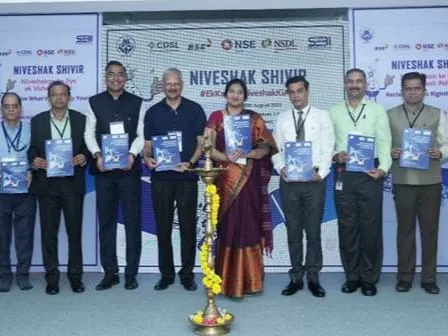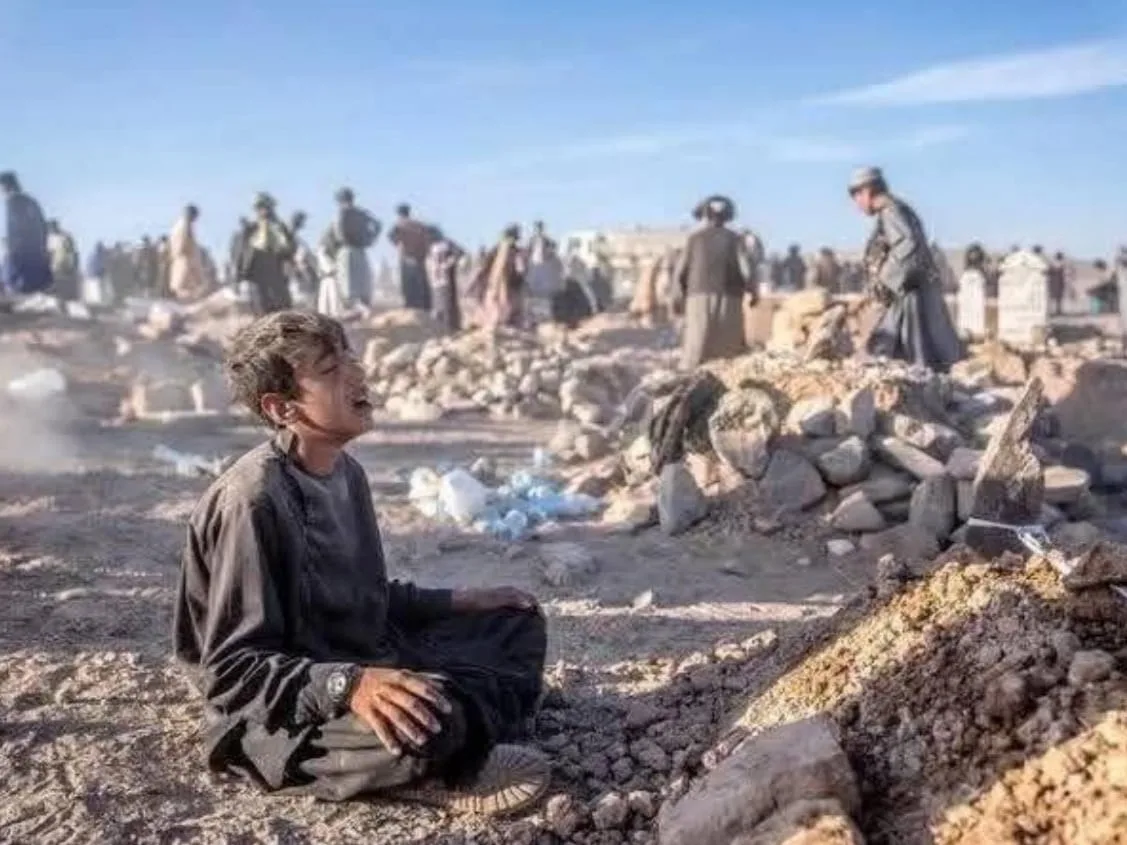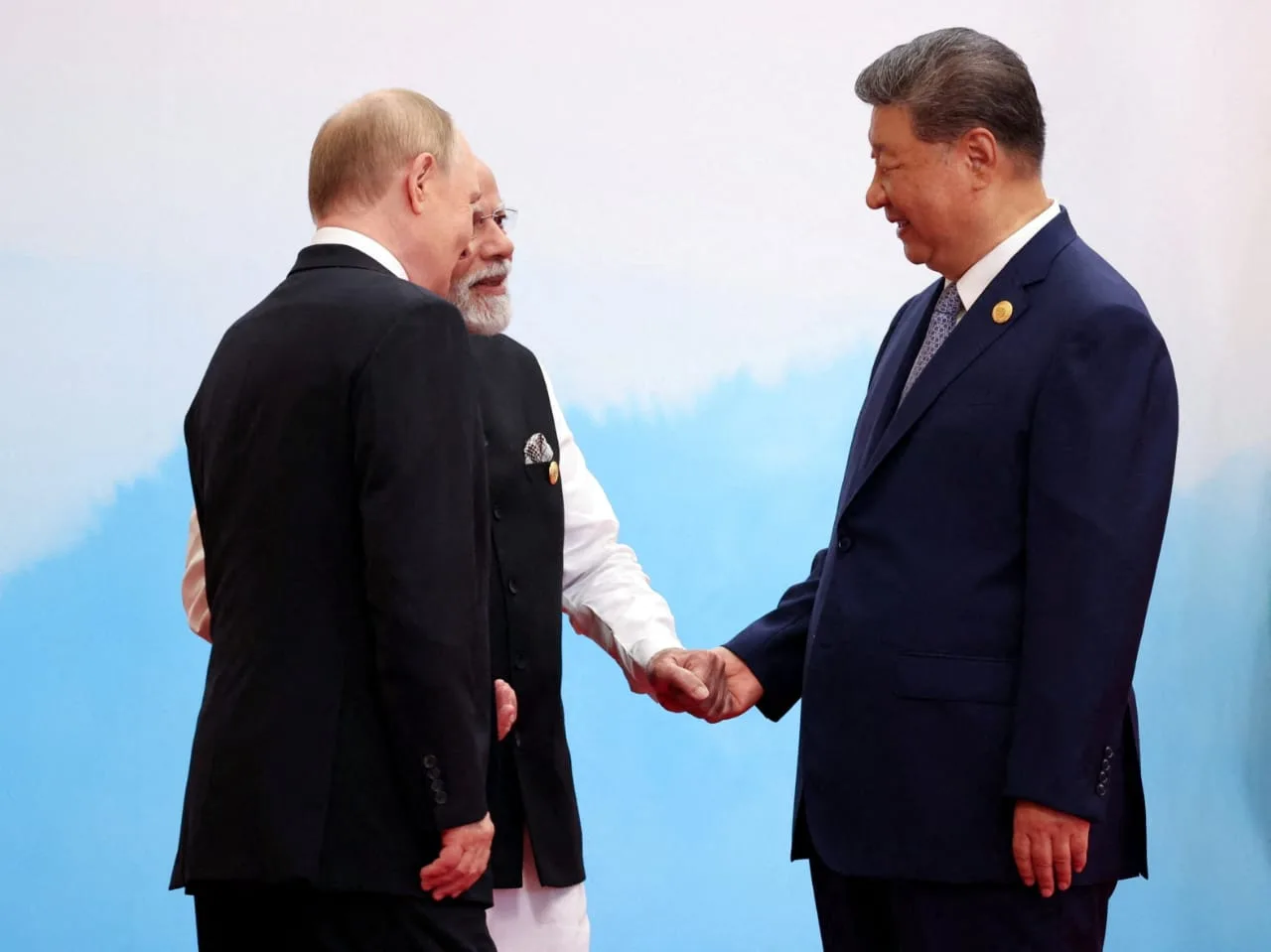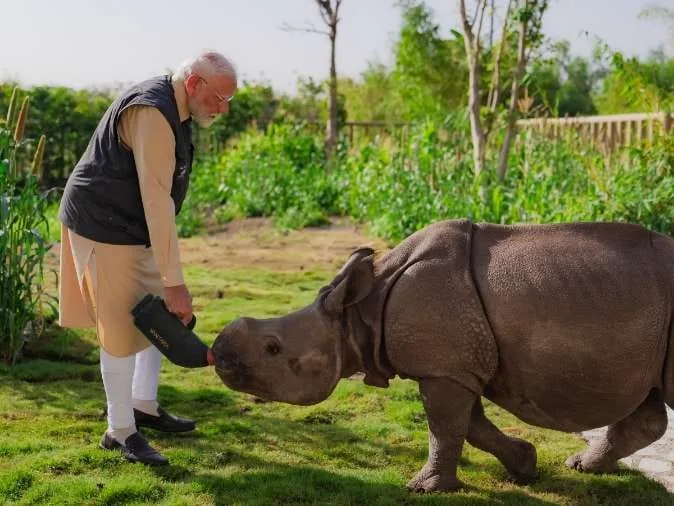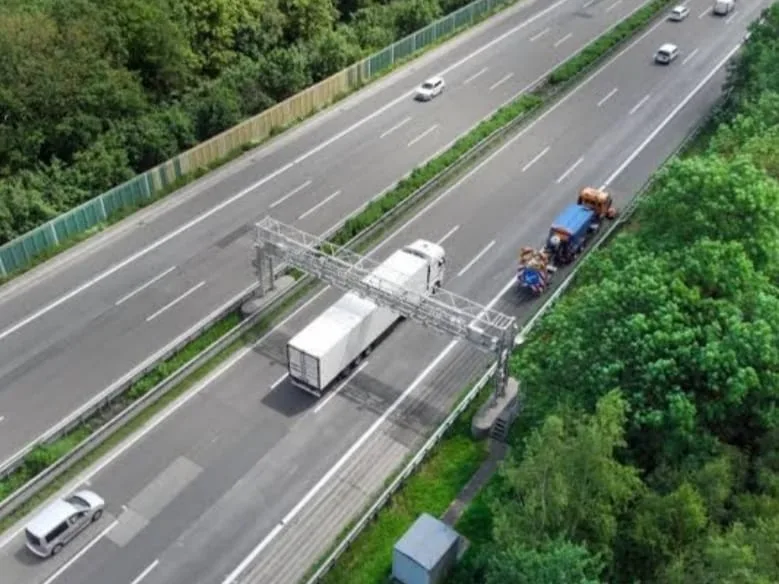The delimitation issue in India refers to the redrawing of electoral district boundaries to reflect population changes, a process mandated by the Constitution and typically conducted after each census . The exercise aims to ensure that each constituency has roughly an equal population, upholding the principle of “one person, one vote” . However, due to varying population growth rates across states, particularly between the northern and southern regions, delimitation has become a contentious political issue .
Here’s a detailed overview:
- Constitutional Mandate: The Indian Constitution requires the allocation of seats to each state based on its population, with constituencies of roughly equal size . This necessitates a reallocation of seats after each census to reflect updated population figures .
- Historical Freezes: India redrew parliamentary seats based on the decennial census in 1951, 1961, and 1971 . Fearing an imbalance of representation due to varying fertility rates across states, governments have since paused the exercise .
- The Impending Delimitation Exercise: The next delimitation exercise is scheduled for 2026 . However, significant uncertainty exists because India has not conducted a census since 2011, and there is no clear timeline for when the next census will take place .
- North-South Divide: Southern states, which have achieved lower population growth rates and higher socio-economic development, fear losing parliamentary seats to the more populous northern states if delimitation is carried out based on current population figures .
- Unequal Representation: Currently, there is significant malapportionment in political representation . For instance, in Uttar Pradesh (UP), each MP represents about three million citizens, while in Kerala, an MP represents roughly 1.75 million . This means a voter in Kerala has approximately 1.7 times more influence in choosing an MP than a voter in UP .
- Potential Solutions:
- Increasing the Number of Seats: One option is to increase the number of seats in the Lok Sabha to revert to the original constitutional ratio of one MP for every 750,000 people, expanding the Lok Sabha to 1,872 seats . Alternatively, the total number of seats could increase to 848, ensuring no state loses its current number of electoral seats .
- Reforming the Rajya Sabha: Another proposal involves reforming the composition of the Rajya Sabha (upper house) to better represent states’ interests, potentially softening opposition to seat reallocation in the Lok Sabha .
- Fiscal Decentralization: Accompanying any move to reallocate seats, experts advocate for a more decentralized fiscal system, granting states greater revenue-raising powers and allocating federal funds based on development needs .
- Southern States’ Concerns: Southern states are demanding a freeze on delimitation for another 25 years, using the 1971 census as the base . They argue that states that have effectively implemented population control measures should not be penalized by losing political representation .
- Political Dynamics: The issue has taken on political dimensions, with leaders from southern states mobilizing to protect their region’s political interests . Some raise concerns that the issue is being used to divert attention from other governance failures .
- Delimitation Commission: The Delimitation Commission is the final authority to decide the basis of delimitation, and it will consider various factors beyond just population .

